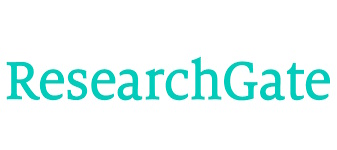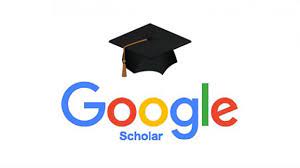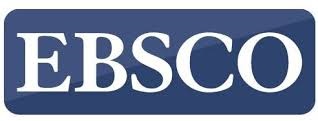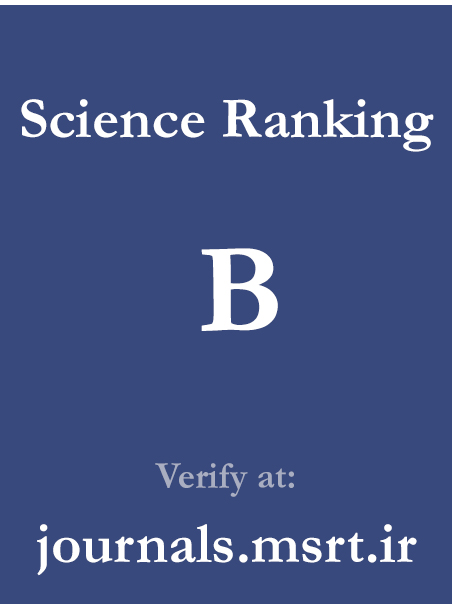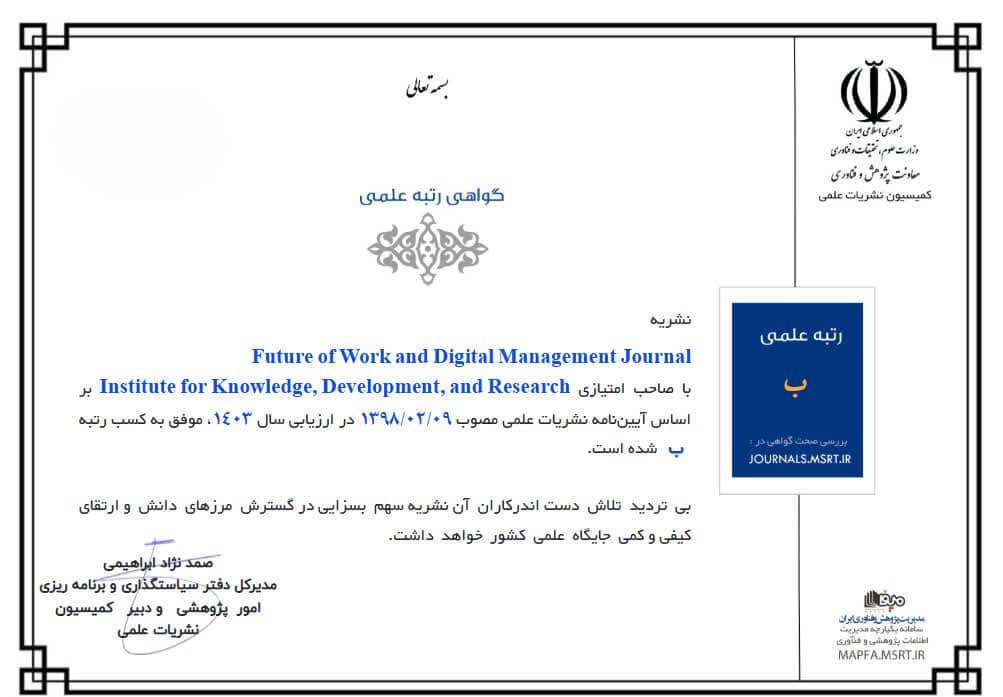Explanation and Evaluation of the Intellectual Capital Model in the Tose’e Ta’avon Bank
Keywords:
Intellectual Capital, Human Capital, Structural Capital, Relational Capital, Innovation CapitalAbstract
Intellectual capital is one of the most important organizational assets, through which organizations can strengthen their position in today’s competitive environment and achieve leadership in innovation and value creation. Accordingly, the present study aims to design an optimal model of intellectual capital in the Tose’e Ta’avon Bank. This research is exploratory in purpose and survey-based in nature. In the qualitative phase, interviews were conducted with 25 experts to identify the main and sub-themes that define intellectual capital. In the quantitative phase, using random sampling and Cochran’s formula, 75 individuals were selected as the statistical sample. In this phase, various statistical tests were used to measure and examine the relationships between the main and sub-themes. Data analysis in the qualitative section was performed through thematic analysis, while in the quantitative section, it was carried out using structural equation modeling (SEM) with the aid of SPSS and LISREL software. Based on the results of the thematic analysis, intellectual capital consists of four main themes and forty-eight sub-themes. The findings of the structural equation modeling revealed that the impact coefficients of all questions and latent variables—corresponding to the four dimensions of the intellectual capital evaluation model: human capital, structural capital, relational capital, and innovation capital—were significant and exceeded 0.50. Moreover, the significance levels of these coefficients were greater than 1.96, indicating statistical validity. The intellectual capital evaluation model, as a reliable and sustainable instrument, can be effectively applied to enhance management performance in the Tose’e Ta’avon Bank. The results of the study demonstrate that the structural parameters of the intellectual capital model are statistically significant.
Downloads
References
[1] B. J. Ali and G. Anwar, "Intellectual capital: A modern model to measure the value creation in a business," International journal of Engineering, Business and Management, vol. 5, no. 2, pp. 31-43, 2021, doi: 10.22161/ijebm.5.2.4.
[2] P. Wang, "A study on the intellectual capital management over cloud computing using analytic hierarchy process and partial least squares," Cybernetic, 2021, doi: 10.1108/K-03-2021-0241.
[3] T. Dalwai, D. Singh, and A. S, "Intellectual capital, bank stability and risk-taking: evidence from Asian emerging markets," Competitiveness Review: An International Business. Journal, 2021, doi: 10.1108/CR-03-2021-0031.
[4] M. Banī Asadī, A. Rowshan, N. M. Ya'qūbī, and M. H. Ronaqī, "Designing a Comprehensive Intellectual Capital Model Using a Meta-Synthesis Approach," Scientific Journal of Human Resource Management Research, vol. 13, no. 4, pp. 221-254, 2021.
[5] M. Bornemann, K. Alwert, and M. Will, "Lessons learned in intellectual capital management in Germany between and History. Applications, outlook," Journal of Intellectual Capital, vol. 22, no. 3, pp. 560-586, 2021, doi: 10.1108/JIC-03-2020-0085.
[6] A. F. de Sá, M. F. L. d. Almeida, and C. R. H. Barbosa, "Measurement and evaluation of intangible assets of diagnosis and testing laboratories for electrical equipment's," Journal of Physics: Conference Series, vol. 18, no. 1, pp. 12-16, 2021, doi: 10.1088/1742-6596/1826/1/012016.
[7] K. Van Criekingen, C. Bloch, and C. Eklund, "Measuring intangible assets, a review of the state of the art," Journal of Economic Surveys, vol. 10, no. 6, pp. 285-299, 2021.
[8] C. A. Tefera and W. D. Hunsaker, "Measurement of intangible assets using higher-order construct model," Journal of Entrepreneurship in Emerging Economies, vol. 14, no. 2, pp. 185-207, 2021, doi: 10.1108/JEEE-08-2020-0297.
[9] M. R. Hātefī, "Evaluating the Intellectual Capital Components in the Banking Industry and Their Relationship with the Performance of Bank Mellat Branches in Yazd," Quarterly Journal of Business Management, vol. 6, no. 49, pp. 58-75, 2020.
[10] N. Taha, H. Alshurafat, A. Shbail, and M. Obeid, "The impact of different intellectual capital dimensions on banks operational and financial performance," in International Conference on Business and Technology, Cham, 2023: Springer, pp. 946-956, doi: 10.1007/978-3-031-08954-1_79.
[11] K. Trivedi and K. B. L. Srivastava, "The impact of intellectual capital-enhancing HR practices and culture on innovativeness—Mediating role of knowledge management processes," Journal of Organizational Effectiveness: People and Performance, vol. 11, no. 3, pp. 573-593, 2024, doi: 10.1108/JOEPP-05-2023-0174.
[12] A. A. Yilmaz and S. E. Tuzlukaya, "The relation between intellectual capital and digital transformation: a bibliometric analysis," International Journal of Innovation Science, vol. 16, no. 2, pp. 244-264, 2024, doi: https://doi.org/10.1108/IJIS-08-2022-0145.
[13] I. A. Suhadi and M. I. Kahfi, "The Influence of Intellectual Capital on Return on Asset on BUMN Bank Listed on BEI 2015-2022," Indonesian Interdisciplinary Journal of Sharia Economics (IIJSE), vol. 7, no. 1, pp. 1608-1620, 2024. [Online]. Available: https://e-journal.uac.ac.id/index.php/iijse/article/view/4528.
[14] A. Usai, B. Orlando, and A. Mazzoleni, "Happiness as a driver of entrepreneurial initiative and innovation capital," Journal of Intellectual Capital, 2020, doi: 10.1108/JIC-11-2019-0250.
[15] H. Naṣīrī, A. Pāyatakhtī Oskū'ī, M. Dīzajī, and R. Gharehdāghī, "Evaluating the Nonlinear Impact of Financial Liberalization and Macroeconomic Variables on Bank Productivity: Evidence from Selected Developing Countries," Scientific Quarterly of Islamic Economics and Banking, vol. 5, no. 12, pp. 69-86, 2021.
[16] N. Seifollahi and V. Ebrahimi Kharajoo, "Analyzing the Role of Intellectual Capital on Brand Competitive Advantage with the Mediating Role of Innovation and Brand Value (Case Study: Marketing Managers in the Hospitality and Hotel Industry)," Tourism and Development, vol. 12, no. 2, pp. 141-163, 2023. [Online]. Available: https://www.itsairanj.ir/article_157250.html?lang=en.
[17] B. T. T. Truong and P. Nguyen, "Driving business performance through intellectual capital, absorptive capacity, and innovation: The mediating influence of environmental compliance and innovation," Asia Pacific Management Review, vol. 29, no. 1, pp. 64-75, 2024, doi: 10.1016/j.apmrv.2023.06.004.
[18] G. Zheng, M. Z. U. Haq, B. Huo, Y. Zhang, and X. Yue, "Leveraging intellectual capital for building a supply chain circular economy system: A knowledge-based view," International Journal of Production Economics, vol. 272, p. 109225, 2024, doi: 10.1016/j.ijpe.2024.109225.
[19] F. Yang, C. Luo, and L. Pan, "Do digitalization and intellectual capital drive sustainable open innovation of natural resources sector? Evidence from China," Resources Policy, vol. 88, p. 104345, 2024, doi: 10.1016/j.resourpol.2023.104345.
[20] V. E. Jancenelle, "Tangible-Intangible resource composition and firm success," Tec novation, vol. 108, pp. 23-37, 2021, doi: 10.1016/j.technovation.2021.102337.
[21] A. Shah Nazari, M. Ghorbani, and N. S. Naseri, "A Comprehensive Intellectual Capital Model with an Organizational Learning Approach: A Framework for the Progress of Educational Systems," Scientific Quarterly of Islamic-Iranian Progress Studies, vol. 11, no. 1, 2023. [Online]. Available: http://ensani.ir/fa/article/558906/.
[22] H. Sirine, "Leading With Insight: How Intellectual Capital Shapes Supervisory Leadership," Global, vol. 2, no. 7, pp. 1377-1400, 2024, doi: 10.59613/global.v2i7.218.
[23] S. Rahimi, "The Role of Intellectual Capital in Educational Development and Its Impact on Iran's Knowledge-Based Economy," in 1st National Conference on Teaching Skills, Masjed Soleyman, 2024.
[24] A. Taheri Hoshi and S. M. Aroni Tabatabaei, "Examining the Impact of Organizational Intelligence, Intellectual Capital, and Organizational Innovation on Business Intelligence in Pasargad Insurance Company," Management and Industrial Engineering, vol. 5, no. 17, pp. 61-80, 2024.
[25] A. Taheri Hosseini and S. M. Aruni Tabatabai, "Examining the Impact of Organizational Intelligence, Intellectual Capital, and Organizational Innovation on Business Intelligence in Pasargad Insurance Company," Management and Industrial Engineering, vol. 5, no. 17, pp. 61-80, 2023.
[26] M. Ṣadrī Oskū'ī, M. Dīzajī, and P. Moḥammadzādeh, "Investigating the Relationship Between Corruption and Human Capital in Selected Islamic Countries with a Panel Approach," Scientific Quarterly of Islamic Economics and Banking, vol. 34, no. 51, pp. 167-181, 2021.
[27] M. Raḥīmī, M. Moḥammad Shafī'ī, A. Anṣārī Tādī, and M. Bat Shekan, "Presenting a Model for Ranking Intangible Assets and Valuing the Brand of Companies Listed on the Tehran Stock Exchange," Quarterly Journal of Business Research, vol. 9, no. 5, pp. 1-18, 2020.
[28] A. B. Tetteh, S. Awartey, J. K. M. Mawutor, F. K. Aveh, S. Antwi, and I. Ofoeda, "Corporate Social Responsibility Reporting, Intellectual Capital, and Financial Performance of Listed Firms in Ghana," Journal of Comparative International Management, vol. 27, no. 2, pp. 114-137, 2024, doi: 10.55482/jcim.2024.33791.
[29] J. Xu, M. Haris, and F. Liu, "Intellectual Capital Efficiency and Firms' Financial Performance Based on Business Life Cycle," Journal of Intellectual Capital, vol. 24, no. 3, pp. 653-682, 2023, doi: 10.1108/JIC-12-2020-0383.
[30] N. Shafiei and S. Mazroei, "Investigating the effect of green intellectual capital on service performance with the mediating role of strategic capabilities of human resources in educational institutions," Management and Entrepreneurship Studies, vol. 45, no. 9, 2023. [Online]. Available: https://civilica.com/doc/1901644/.
[31] M. Shafaat Takoldan, A. Jahanshad, and Z. Pourzamani, "Explaining the model of intellectual capital and competitive advantage in startups," Dynamic Management and Business Analysis, vol. 3, no. 5, pp. 332-350, 2024.
Downloads
Published
Submitted
Revised
Accepted
Issue
Section
License
Copyright (c) 2026 Shirzad Khezri , Jafar Beikzad, Gholamreza Rahimi, Nader Behlooli (Author)

This work is licensed under a Creative Commons Attribution-NonCommercial 4.0 International License.

